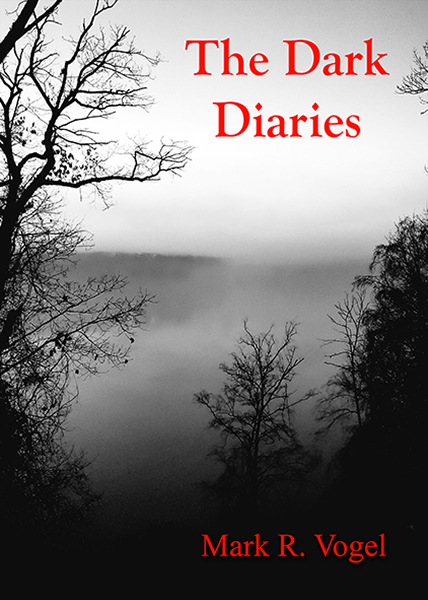Masayuki Ochiai (Hypnosis) presents a socially relevant treatise upon the medical establishment while seizing upon modern-day fears in a narrative exploration upon human guilt with Infection. With the first installment in the “J-Horror Theater” series (equivalent to the Masters of Horror), the director begins the six-part work with a visually stunning, yet perplexing, tale that retains the audience’s attention throughout.
Central Hospital is understaffed, ill equipped, unskilled, underpaid (i.e. unpaid), and overworked. As a consequence, the medical facility is no longer accepting patients. When a forty year-old man is brought into the emergency room with a rapidly spreading black rash and a temperature of a 105, no one can attend to the case due to an emergency in Room 3. After resuscitating the patient in Room 3, a severe burn victim, Doctor Kishida (Moro Morooka) instructs a nurse to inject the patient with calcium chlorate instead of calcium chloride. (The former, once it absorbs water–that is, the element that seventy-percent of the human body is composed–becomes exothermic and burns at a temperature of 140-plus degrees.) Understandably, the patient flat lines shortly thereafter. Kishida, Doctor Uozumi (Masanobu Takashima), and the nursing staff decide to cover up the malpractice before remembering the ER patient. Once examined, the case is diagnosed as being host to a highly infectious pathogen which may or may not be airborne but is nonetheless fatal because it liquidizes one’s internal organs (similar to what I understand Parvo does to canines).
Infection is a timely film in that it is a reaction to the SARS outbreak in 2003 as well as a criticism of the medical establishment as it now stands. Yet, the production is not a cash-in of recent societal fears–the threat of an epidemic atop poorly funded medical facilities which house apathetic, inept employees, neither of which are capable of handling a daily itinerary, no less an outbreak. Rather, the film takes the theme of infection and plague and incorporates it as a metaphor for guilt. We watch as the contagion spreads rapidly but only to those whom have a justified guilt complex. Yes, the film is a contemporary work of Japanese horror, a genre known for off-beat themes and ideas, but Infection’s main idea is the genre-old premise of penance.
Ochiai’s narrative is well constructed and presented by way of its Lovecraftian overtone of an unseen antagonist which drives its victims to madness before killing them. Predictably, the film’s climax is dependent upon one character’s psyche and whether or not the events that have occurred onscreen are the product of his unstable, guilt-ridden mind or have taken place in actuality.
In regard to the technical aspects of the film, Masatoshi Tabegai, the lighting designer, seizes upon the ruse that the hospital is under funded. Thus, most of the film is justifiably minimally lit, thereby adding to the atmosphere. A color theme is implemented throughout as most every scene is cast in ominous reds, greens, and blues. Also, a leitmotif of mirrors, used in accordance to the theme of the human mind, compliments the film’s palette. Kuniaki Haishima’s score is eerily reminiscent of Wendy Carlos and Rachel Elkind’s work in Stanley Kubrick’s The Shining, thus making the corridors of the hospital a subconscious fallback to the terrors contained within the hallways of the Overlook almost twenty-five years prior.
I do agree with another reviewer, Brian Wright, that Japanese horror can be difficult to pass apt judgment upon if one is not well versed in the culture. Thus, I felt that the resolution became overly convoluted after a satisfactory explanation was provided before an addition scene succeeded it. However, I am glad to state that the work wasn’t as daunting as the plot intricacies of Ji-woon Kim’s A Tale of Two Sisters.
Overall, Masayuki Ochiai’s Infection is an entertaining film which explores contemporary fears, combining the societal concern of possible epidemics in relation to the poor state of the medical industry. I cannot help but feel that the work could have been better written and presented but without a background in the culture, I am hard pressed to push such a sentiment. If nothing else, the work was intriguing in its themes, vastly pleasing in its use of color and its incorporation of mirrors, and a good excuse to get another taste of Japanese horror cinema.
-Egregious Gurnow
- Interview with J.R. Bookwalter - January 22, 2015
- Interview with Andrew J. Rausch - January 22, 2015
- Interview with Rick Popko and Dan West - January 22, 2015
- Interview with Director Stevan Mena (Malevolence) - January 22, 2015
- Interview with Screenwriter Jeffery Reddick (Day of the Dead 2007) - January 22, 2015
- Teleconference interview with Mick Garris (Masters of Horror) - January 22, 2015
- A Day at the Morgue with Corri English (Unrest) - January 22, 2015
- Interview with Writer/Director Nacho Cerda (The Abandoned, Aftermath) - January 22, 2015
- Interview with Actress Thora Birch (Dark Corners, The Hole, American Beauty) - January 22, 2015
- Interview with Actor Jason Behr, Plus Skinwalkers Press Coverage - January 22, 2015


